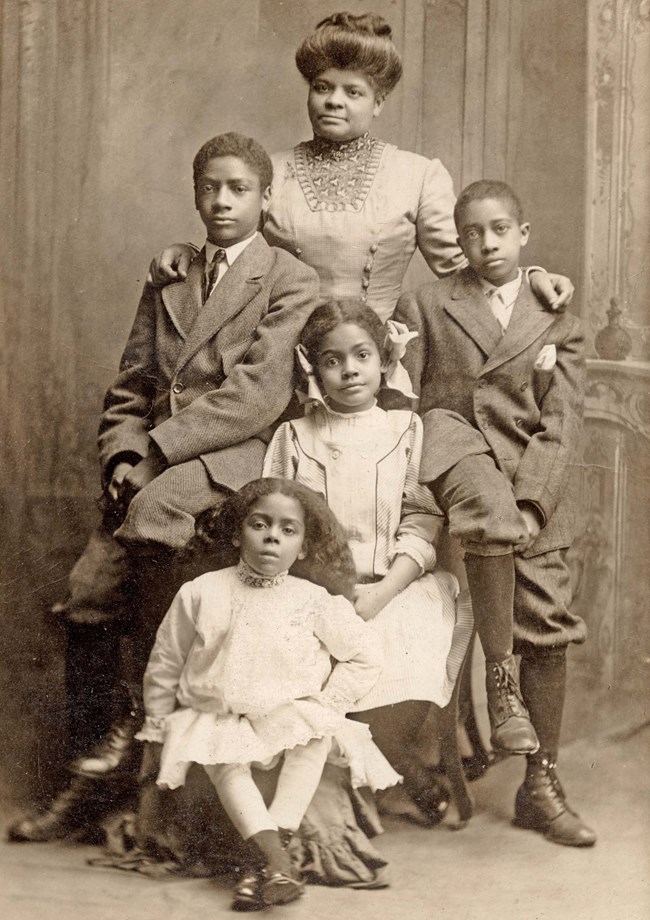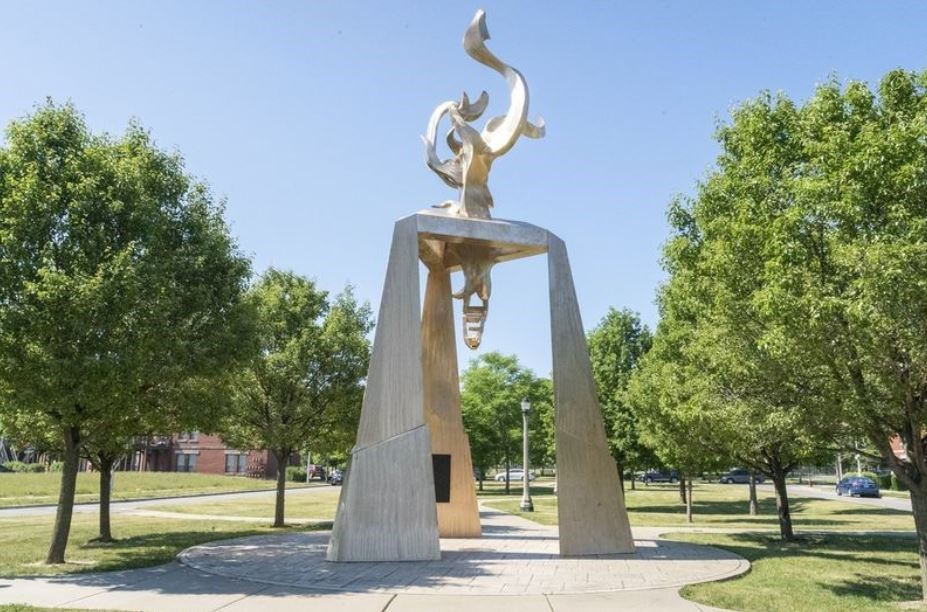Part of a series of articles titled Curiosity Kit: Ida B. Wells.
Previous: Places of Ida B. Wells-Barnett
Article

Ida B. Wells was born into slavery in 1862. Her family, like so many others, was emancipated (freed from slavery) during the Civil War. On a train ride from Memphis to Nashville, Tennessee to continue her education, the train crew tried to move her to a car for African Americans. Always someone to stand up to injustice, in 1883 Wells refused to be removed to a segregated train car. She took her case to court. When she lost on appeal, she began writing about racial justice issues. She went on to own two newspapers while teaching in Memphis, Tennessee. The murder of her friend, Tom Moss, led her to focus on the wide-spread issue of lynching. She wrote editorials, published pamphlets and ran a national campaign to pass anti-lynching laws.
After getting married to Ferdinand Barnett in 1895, she continued her activism. She helped form several civil rights organizations including the National Association of Colored Women and the National Association for the Advancement of Colored People (NAACP). She was a passionate suffragist, despite discrimination in some suffrage organizations. She continued to fight for social justice causes until her death in 1931.
Research issues and events in your community to raise awareness
Analyze an issue from multiple perspectives and craft a persuasive argument using multiple lines of reasoning
Design creative ways to share information about a person or issue in your community
How do you shed light on an injustice?

Local newspapers across the country are shrinking or disappearing. This means there is less coverage of what is going on in your community. Ida B. Wells Barnett used journalism to expose her community's issues that the national press was ignoring, like lynching. The issue does not have to be that big to matter. What are some issues that your community might care about that the national news might miss?
Think about: How do you know what is happening in your community? Where do you get your news? How well informed do you feel? What might be happening that people don’t know enough about?
Write your own article. Are they changing the books in your English curriculum? Adding bike lanes to your local streets? Is there a plan to address pollution in a creek or river? You may need to do some digging- attend a town council or school board meeting or talk to your principal or mayor. Prepare a list of questions in advance. Remember the 5 Ws of a good newspaper article: Who, What, When, Where, Why? Do some research then write up what you find.
In the 1913 Women’s Suffrage Parade, Ida B. Wells was not allowed to march with the Illinois delegation because she was Black. Like other African American activists, she did not always agree with white suffrage leaders. National events and protests did not always consider issues impacting women of color. Issues where race and gender are both factors for discrimination are known as “intersectional.” Although the term “Intersectionality” was not coined by law professor Kimberlé Crenshaw until the 1980s, Wells thought about multiple points of oppression in her social justice work. For example, white female Temperance organizers used stereotypes of black drunkenness and violence. Wells called out the impact this had not only on black men but black women who were otherwise involved in the movement.
Consider a policy or issue. Is discrimination a factor? How are the effects different when you think about the experience of a black woman vs a white woman? Or a black woman vs a black man? What about the experience of someone who is disabled and queer? What makes you think this policy or issue might impact people differently?
Issues like lynching are clear moral wrongs. But to convince white Americans at the time, Wells had to use a more comprehensive approach. In addition to calling attention to the ethical wrong, Wells talked about the social instability and economic damage it caused in communities. Her efforts to pass anti-lynching laws were more successful because of these well-rounded arguments.
What is an issue that you care about? You may choose a national issue like voting rights, climate change or prison reform, or something closer to home. Think about the issue from multiple angles. What are the social, economic, and political consequences of the current action? How would change improve the situation in many ways? Use a web or a chart, like the one below, to think about how you would persuade someone this issue is important.
Issue: ___________________________
| Economic Arguments | Social Arguments | Political Arguments |
| ____________________ | ___________________ | _________________ |
| ____________________ | ___________________ | _________________ |
| ____________________ | ___________________ | _________________ |
| ____________________ | ___________________ | _________________ |
On June 30, 2021, Chicago unveiled a monument to Ida B. Wells in the Bronzeville neighborhood where Wells lived after a mob destroyed her office and threatened her life in Memphis. The Light of Truth Ida B. Wells National Monument, sculpted by Chicago artist Richard Hunt, is abstract rather than a statue of Wells herself. Wells’ great-granddaughter said they preferred “something interpretative, which gets across Ida better than the literal.” There are realistic etchings of Wells with quotes on the inside of the statue’s three pillars.

https://www.chicagotribune.com/people/ct-dedication-ceremony-ida-b-wells-monument-20210629-nfsjdanscbavbjnbb2ejp4flry-story.htm
Who is a hero in your community who hasn’t gotten the recognition they deserve? Think about how a statue, sculpture or plaque might help memorialize them. What do you want to say about this person? How can you visibly convey their legacy? Are there symbols, colors, or words that you connect with them? Draw or describe a monument to a hero of your choice.
These activities were researched and written by Alison Russell a NCPE intern with the Cultural Resources Office of Interpretation and Education.
Part of a series of articles titled Curiosity Kit: Ida B. Wells.
Previous: Places of Ida B. Wells-Barnett
Last updated: May 17, 2023